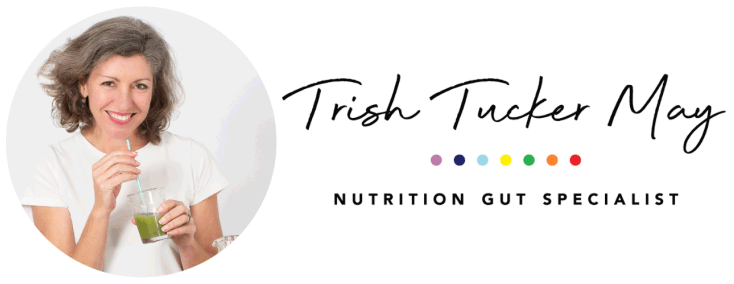Tips to Help You Lose Weight over 40
I get asked about diets and weight loss all the time.
My best advice is to eat real food, not too much and balance your hormones by eating plenty of fat and protein at every meal. This helps with appetite control and blood sugar balance.
I often get asked whether a Keto Diet is best for perimenopause and weight loss.
The ketogenic diet involves a combination of food that allows the body to produce ketones in the liver to be used as energy.
It is also referred to as a low carb diet.
Let’s learn about the Keto diet and see how it can be your answer to weight loss.
How exactly does the Keto Diet work?
Since the glucose in your body is being used as a primary energy, your fats are not needed and are therefore stored. Typically, on a normal, higher carbohydrate diet, the body will use glucose as the main form of energy. By lowering the intake of carbs, the body is induced into a state known as ketosis.
Ketosis is a natural process the body initiates to help us survive when food intake is low. During this state, we produce ketones, which are produced from the breakdown of fats in the liver.
The end goal of a properly maintained keto diet is to force your body into this metabolic state. We don’t do this through starvation of calories but starvation of carbohydrates.
Our bodies are incredibly adaptive to what you put into it – when you overload it with fats and take away carbohydrates, it will begin to burn ketones as the primary energy source. Optimal ketone levels offer many health, weight loss, physical and mental performance benefits.
Weight Loss on a Keto Diet?
Before you can use a ketogenic diet for weight loss, it’s a good idea to have an understanding of how it works. Here are some important points about the ketogenic diet:
A ketogenic diet is centered around bringing the body into a state of ketosis.
Ketosis is metabolic process in which the body burns fat for energy instead of its primary fuel, carbohydrates.
When you drastically cut down on the amount of carbohydrates or calories you’re eating, and there aren’t enough carbohydrates from food to burn for energy, the body switches to the state of ketosis.
Once in ketosis, the liver uses the body’s fatty acids to make molecules known as ketones to burn for fuel. Those on a ketogenic diet eat a low amount of carbs to do just this.
Benefits of a Keto Diet for Weight Loss
Increased Fat Burn: When you eat low-carb and your body starts burning fat as its primary source of fuel, you’re essentially in a fasting state where your body is using your fat stores directly for energy. Those experiencing stalls in their weight loss or having trouble getting rid of unwanted fat can benefit from a ketogenic diet for this reason.
Hormone Regulation: Ketosis can help sustain weight loss by regulating hormones that affect weight. After you eat, the hormone cholecystokinin (CCK) is released by your intestines. CCK is responsible for stimulating fat and protein digestion and inhibits the emptying of the stomach, which reduces appetite. This makes CCK a great regulator of food intake.
Eating a ketogenic diet can also help you avoid cravings for food after losing weight, reducing the chance of gaining the weight back.
Appetite Suppression: Yep, ketogenic low-carb diets may be helpful in reducing appetite by altering the concentrations of hormones and nutrients that affect hunger. It’s no wonder ketosis is used as a strategy for weight loss; it removes the need to eat more or respond to cravings for unhealthy foods. This means you can better listen to your body’s true hunger signals without worrying about counting calories or going hungry.
Blood Sugar Regulation: When you’re eating a ketogenic diet full of healthy fats and proteins plus an abundance of vegetables, you experience more stabilized blood sugar. This is much better than traditional diet foods that are usually high in refined sugars and other carbohydrates, leading to a spike in blood sugar that leaves you feeling hungry again soon after.
Finally, your answer to weight loss without starvation, but still being able to see the light at the end of the tunnel. Increase the chance of maintaining weight loss, reducing cravings, and eliminating the need to stress and obsess over every calorie or food portions.
If you are over 40 and struggling with your weight book a free call here https://p.bttr.to/2MZVUKN











